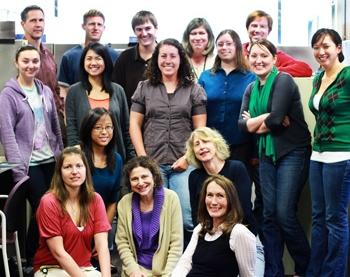Less Paper, More Reach

The UW is committed to reducing paper consumption by 30% from 2010 levels. As part of that effort, we are highlighting best practices on paper reduction from members of the UW community.
See our Reduce Paper page for more information on reducing paper at UW and the UW Committee on Paper Reduction.
This snapshot is from UW Professional & Continuing Education.
In spring 2010, the marketing department at UW Professional & Continuing Education changed the size and scope of its catalogue mailings – transitioning from a full-size, 48 page catalogue mailed each quarter to an annual catalogue and four quarterly brochure-style mailings. The change allowed them to save paper while expanding the reach of their mailings.
What was the driver for this initiative?
The idea was to save paper, reach a larger audience and drive people to our website. By reducing the number of pages and the overall physical size of our catalog, we were able to send out more of them – we increased our reach by 560,000 and we still saved paper. And we were able to drive more traffic to the website, which is the ultimate goal. The “mini” catalog gives people program highlights and piques their interest – the website gives them the details.
Did you establish any cost-savings?
The potential was there, but we chose to use the savings to mail more catalogs. Before we switched to the mini format, we sent only 150,000 in winter & 80,000 in spring. With the same amount of money, we were able to mail 600,000 32-page yearly catalogs – which we hope people save for reference throughout the year – and follow up with mini catalogs for each quarter. Furthermore, the shorter, smaller format of the mini catalog makes it affordable for us to print on FSC-certified paper made from a higher percentage of post-consumer waste, something which was cost prohibitive for the larger format catalog.
Suggestions and recommendations for others looking to implement a similar program?
I think that more and more people are going to the web and are less reliant on getting all their information on paper. As long as you give prospective students enough basic information, it's enough information to get them to go to the web for the details.